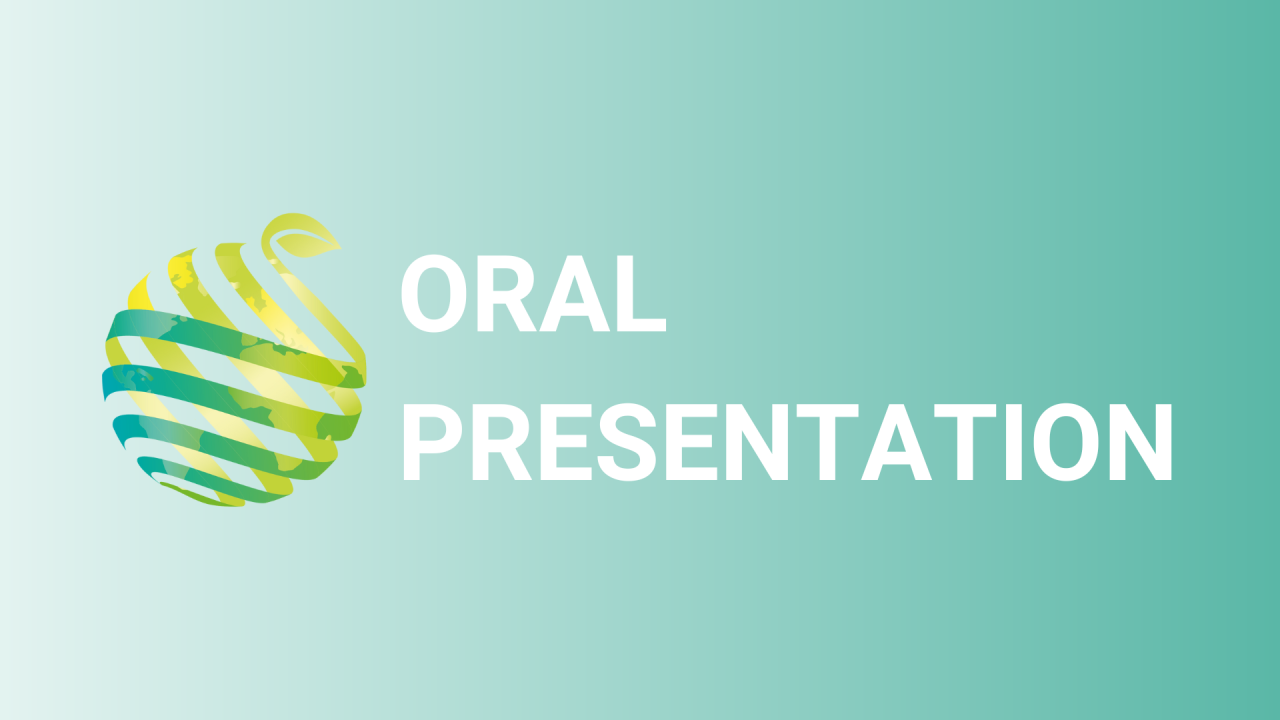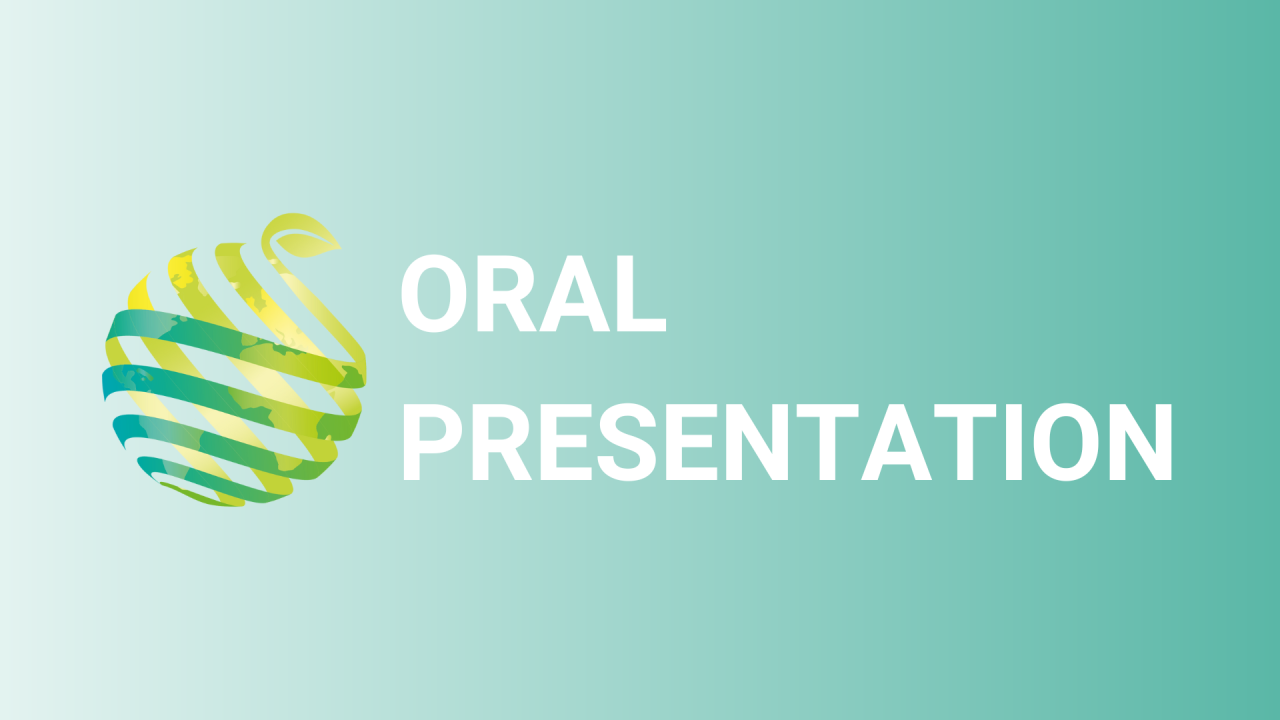

S09 - Session O5 - Horticultural medicine toward integrated medicine beyond horticultural therapy or therapeutic horticulture
Information
Authors: Sayaka Mita *, Takahiro Hayashi
In recent years, the number of patients with dementia and chronic diseases has increased, and there is increasing interest in integrative medicine (IM) to improve the mind and body of such patients. IM is a medical system that combines western medicine (WM), which treats the patient's local pain immediately, and complementary and alternative medicine (CAM), which treats the patient's mind and body holistically and slowly. Comprehensive treatment of the patient's mind and body can be achieved by supplementing or substituting the insufficient effect of WM with CAM. Horticultural therapy (HT) is one of the CAMs. In order to proceed with the treatment of HT reasonably and systematically, it is appropriate to use horticultural task of which mechanism and effect have been verified. Such a scientifically reproducible task was named a functional horticultural task. As an example, we designed a functional horticultural task that reproduces a 3D flower arrangement from a 2D photograph (2D-3D task) that activates computational cognition and working memory. In our previous experiments, this task increased cerebral blood flow in the elderly with moderate dementia. HT using the functional horticultural task was defined as horticultural medicine (HM). The treatment of IM is likened to rotating HM and WM as gears by meshing them well. HT is a wheel, and WM and HM with clear action mechanisms and effects are cog wheels. The HM cog is a functional horticultural task. Increasing the types of such functional horticultural tasks is to increase cogs. Adjusting the difficulty and frequency of providing functional horticultural tasks according to the patient's medical condition is to adjust the rotation speed of the geared HM and WM. In this study, we propose the concept of HM and its importance.